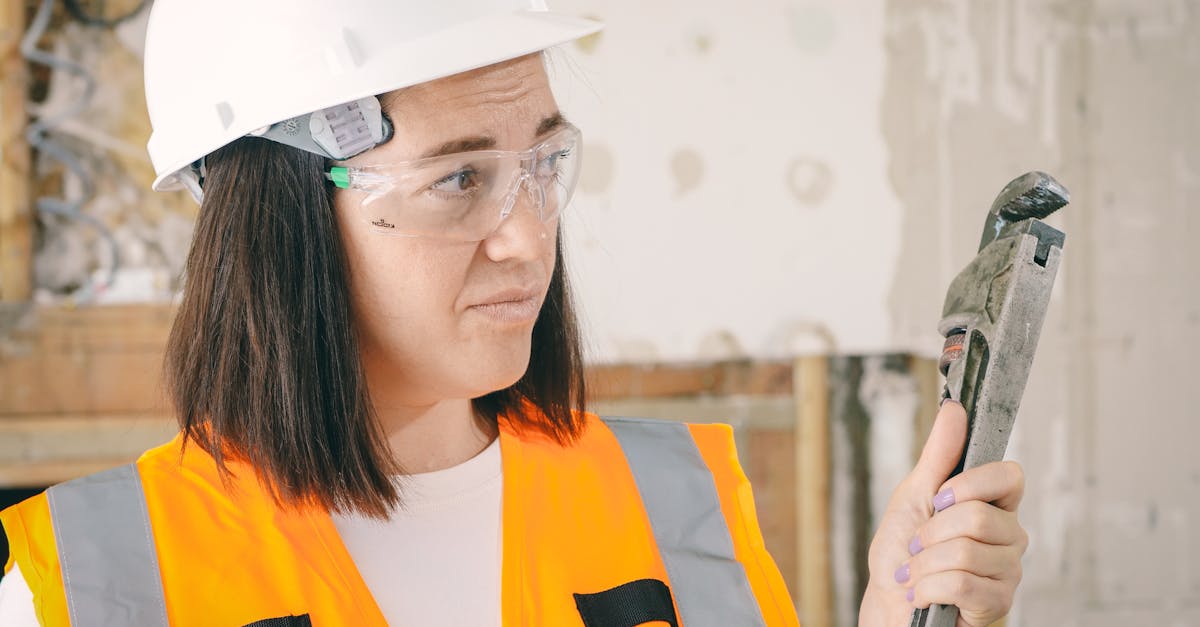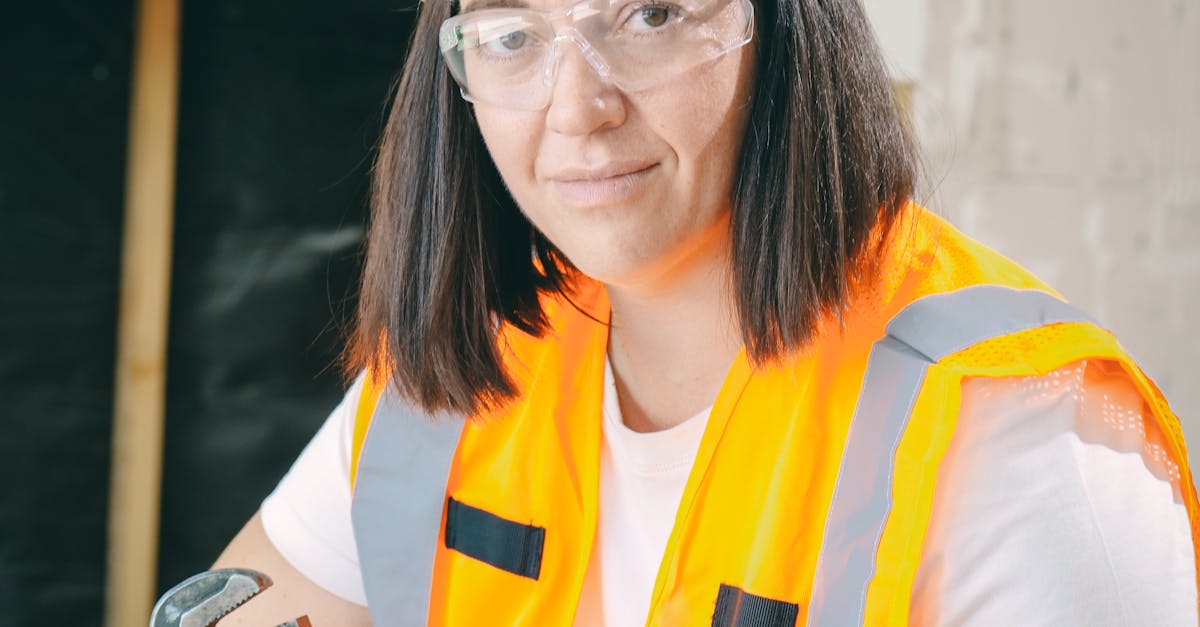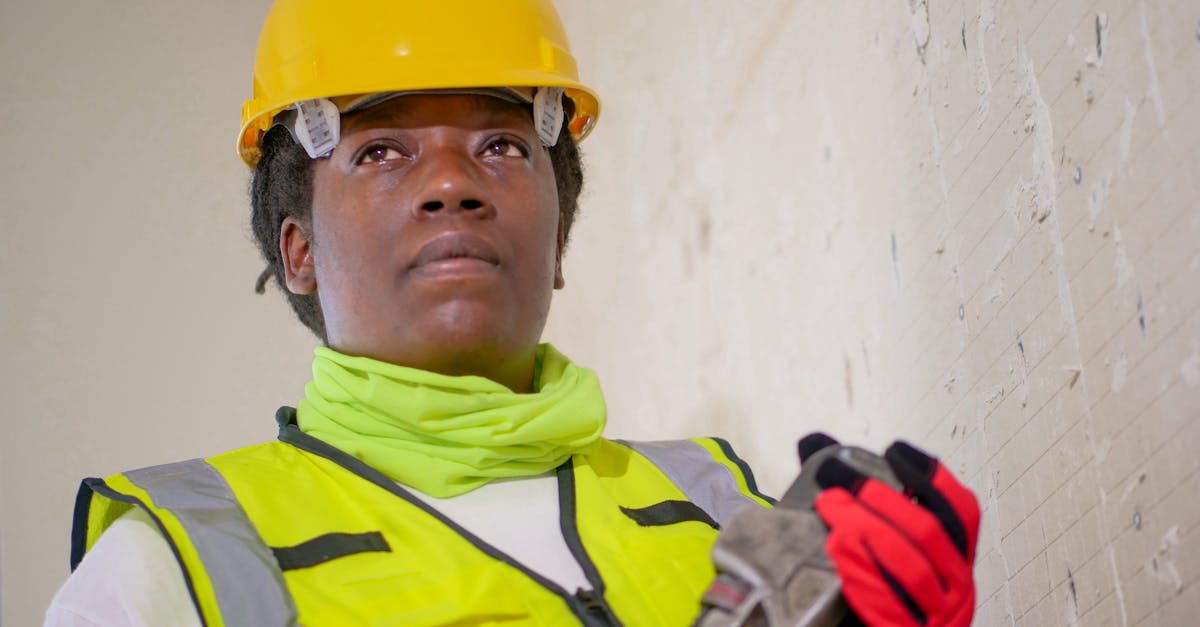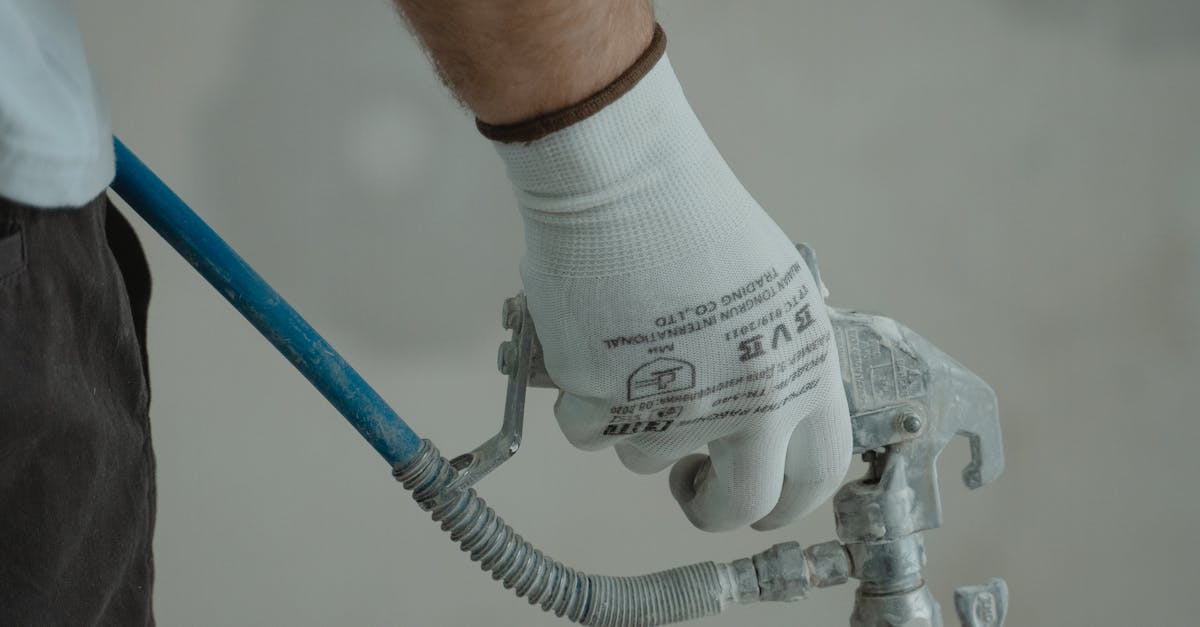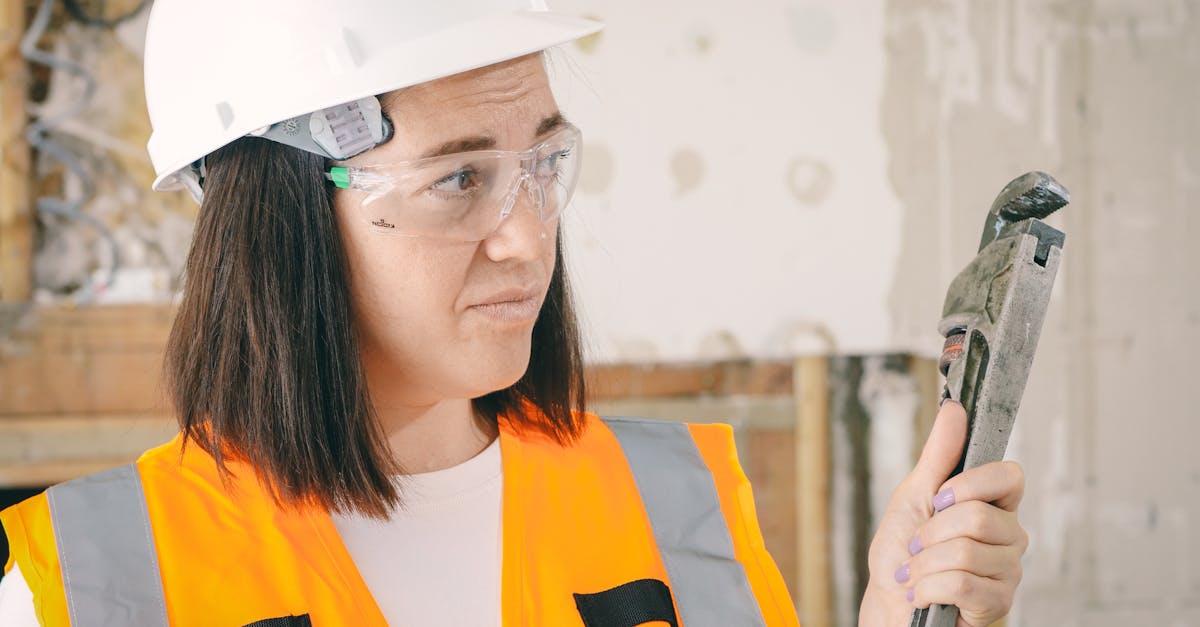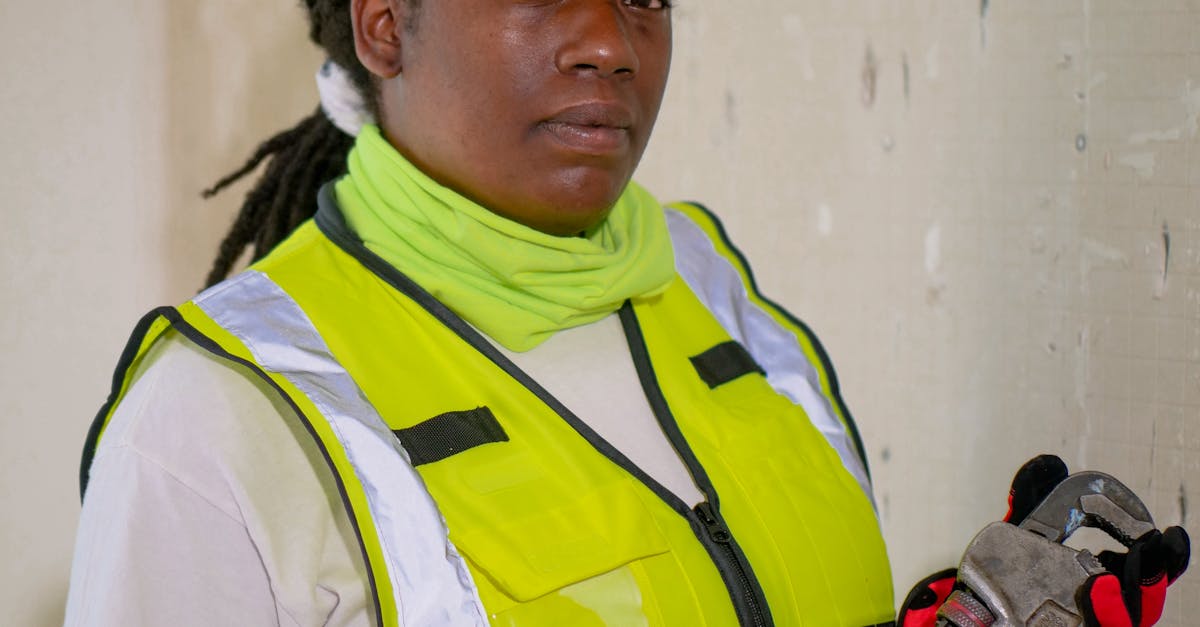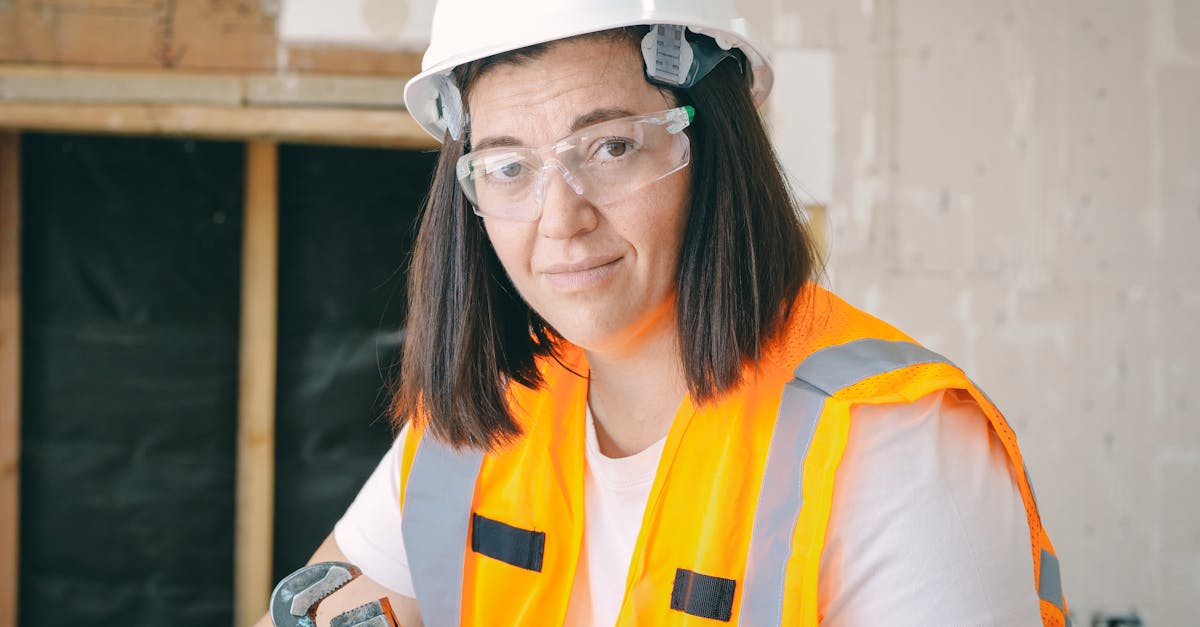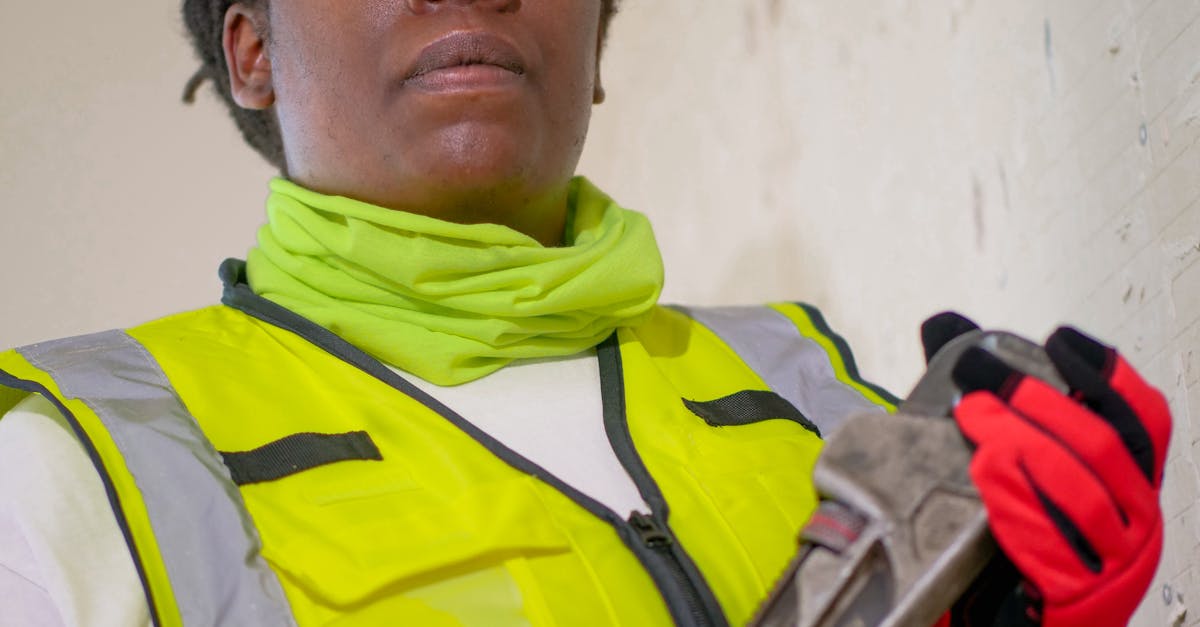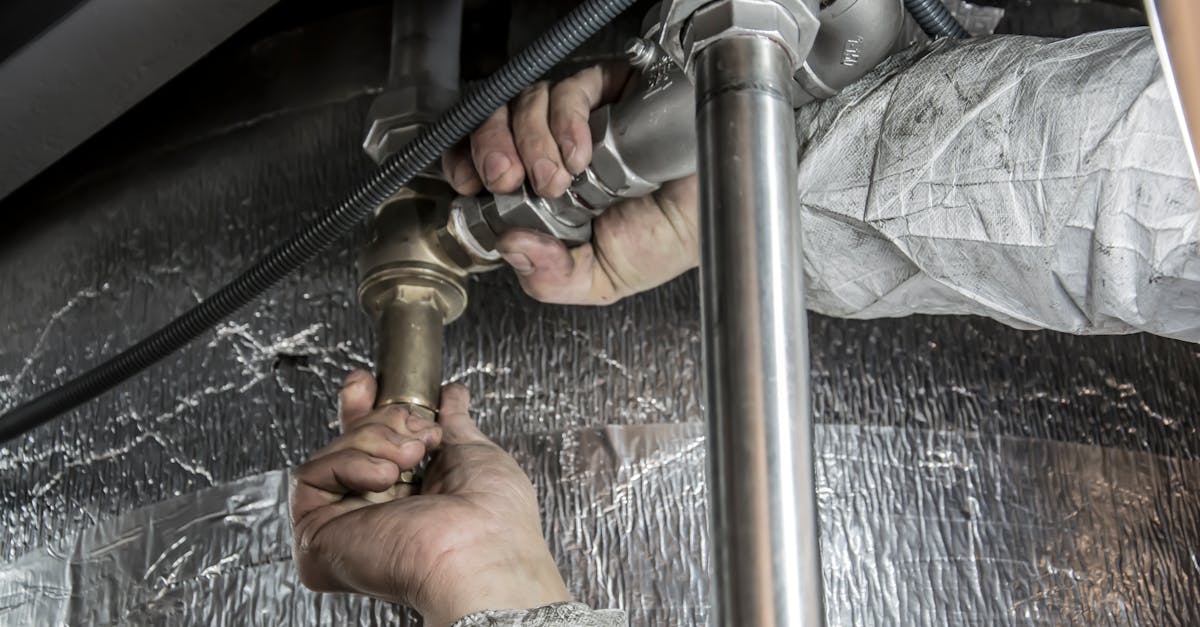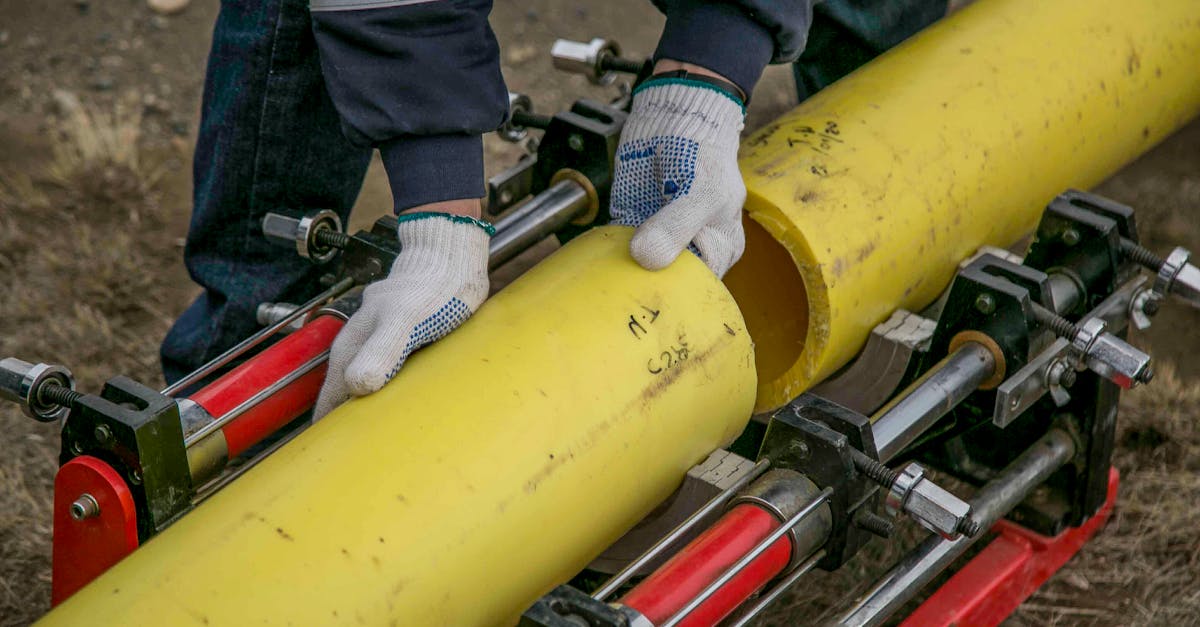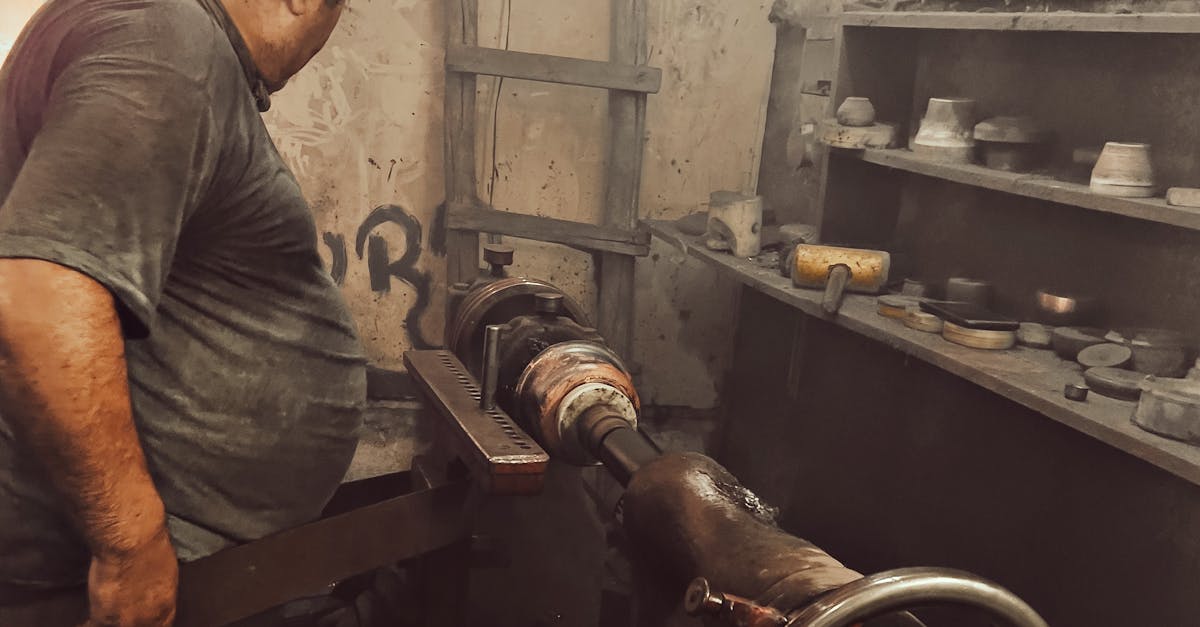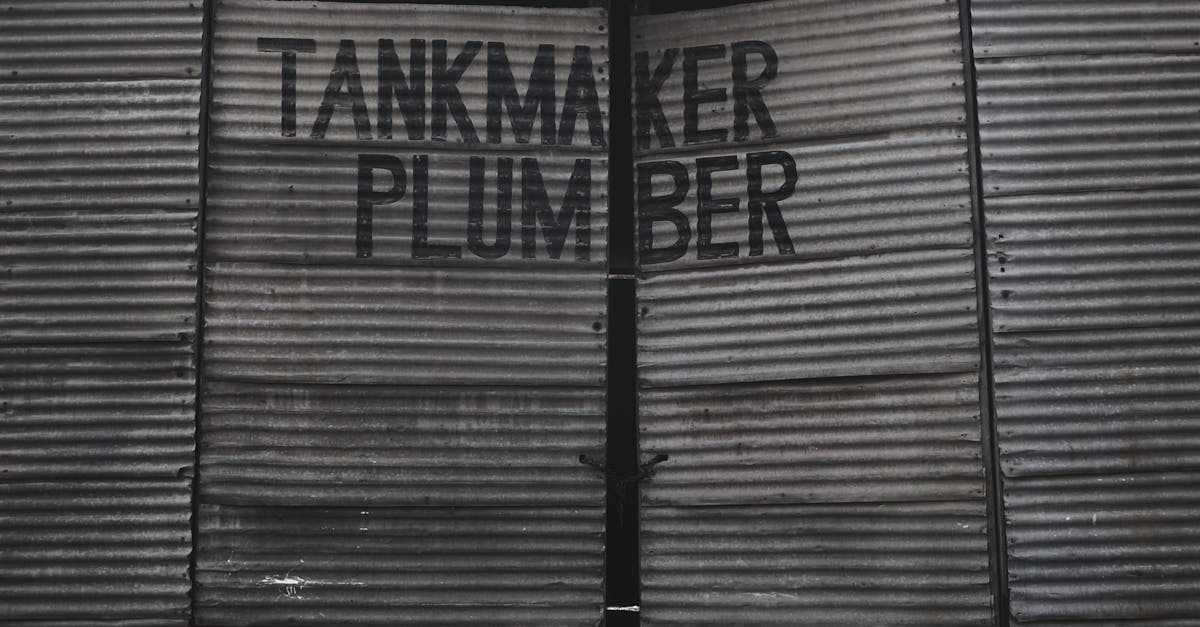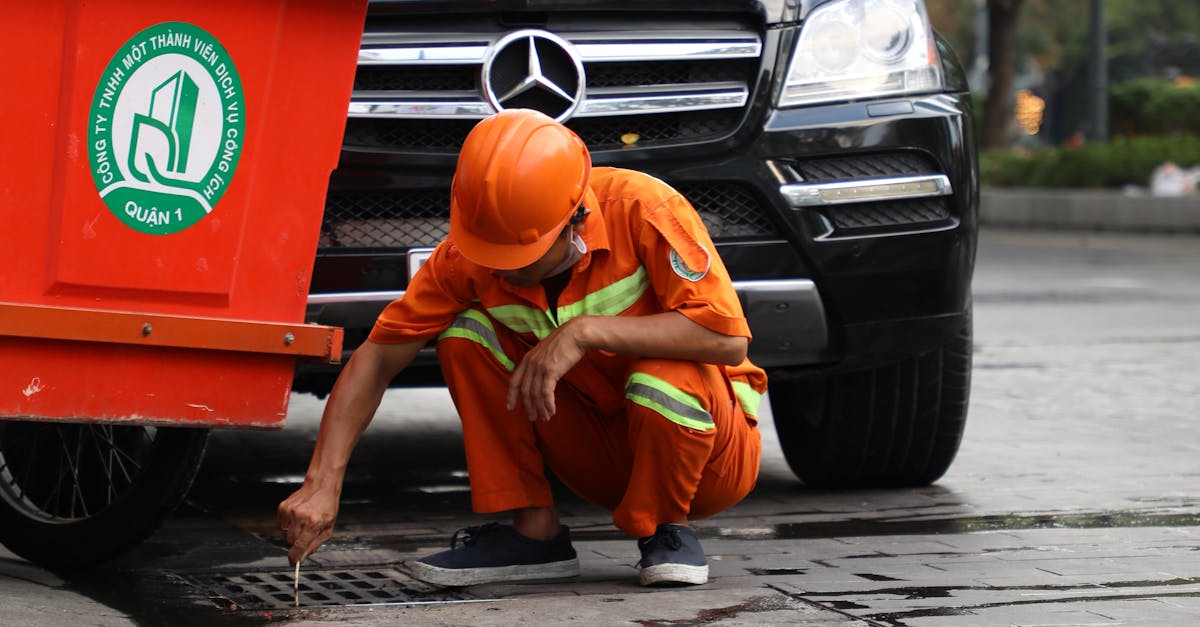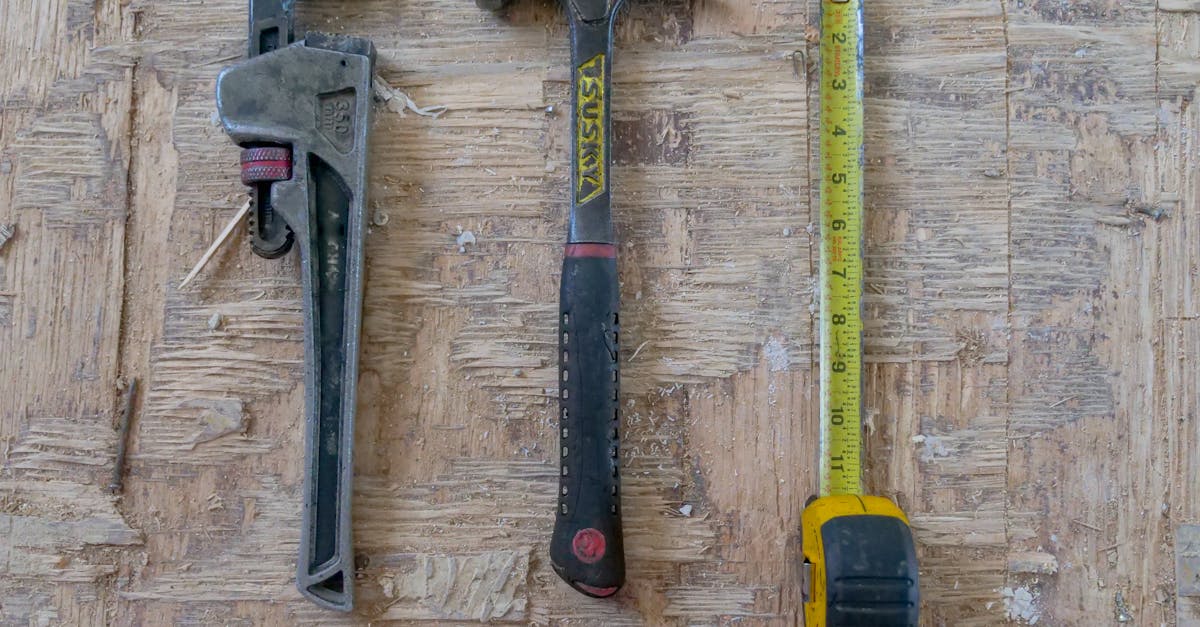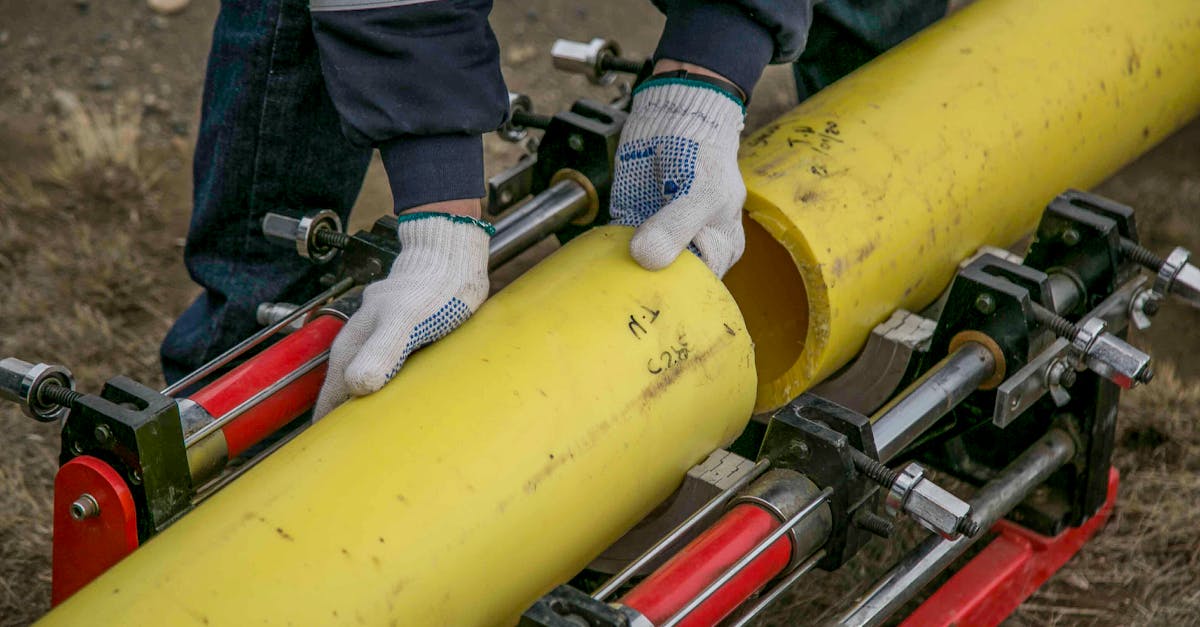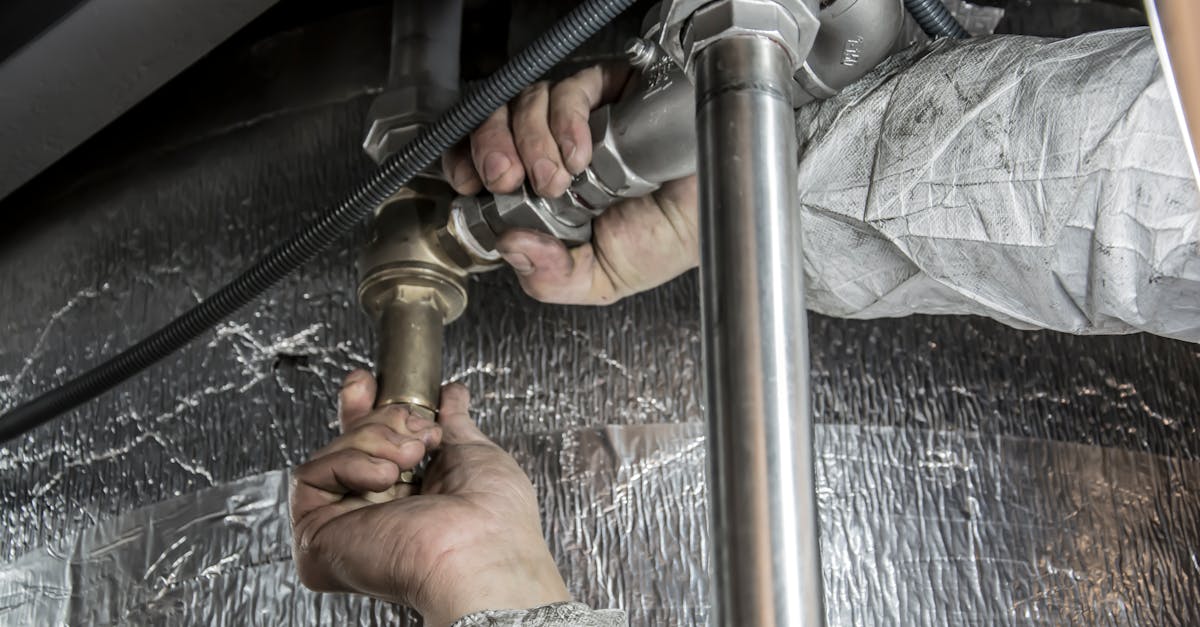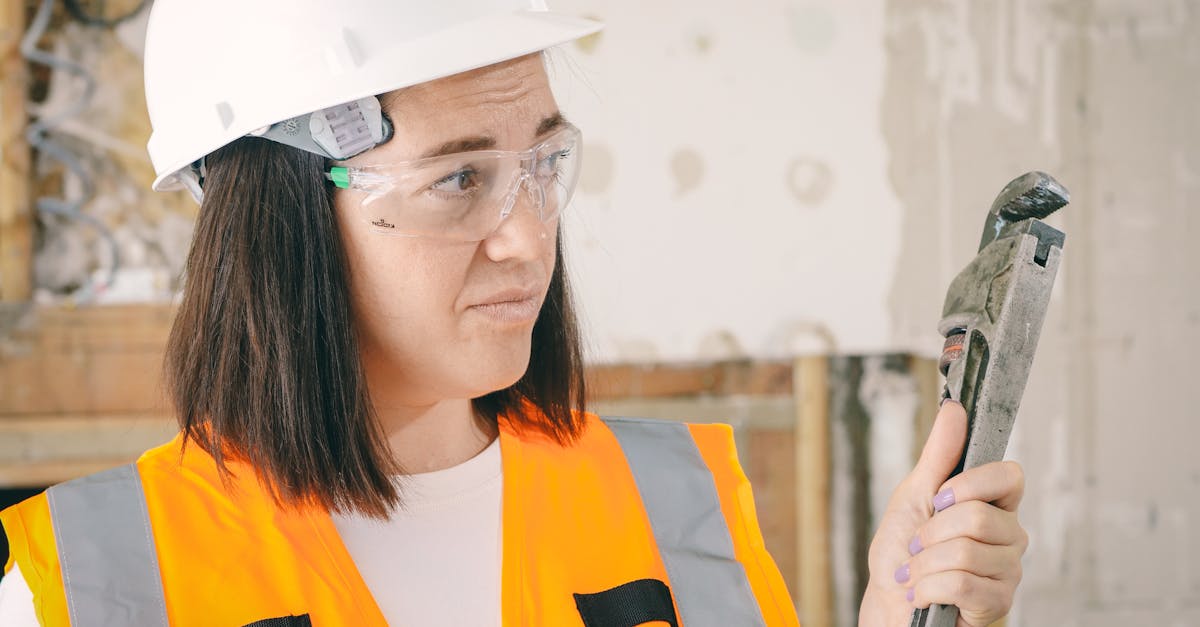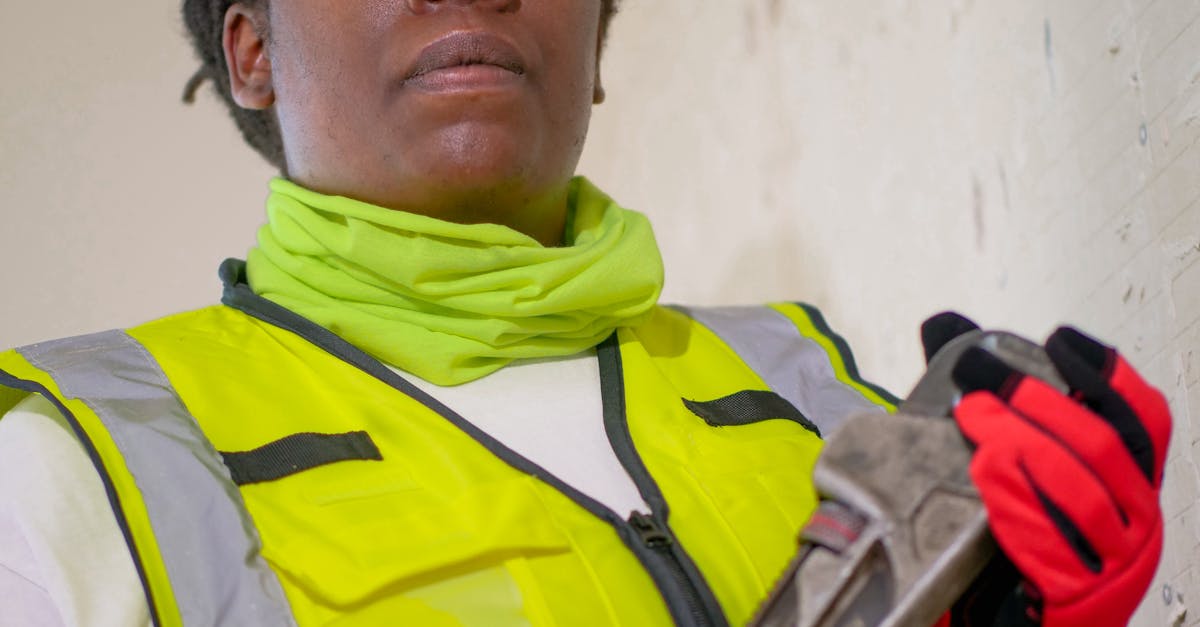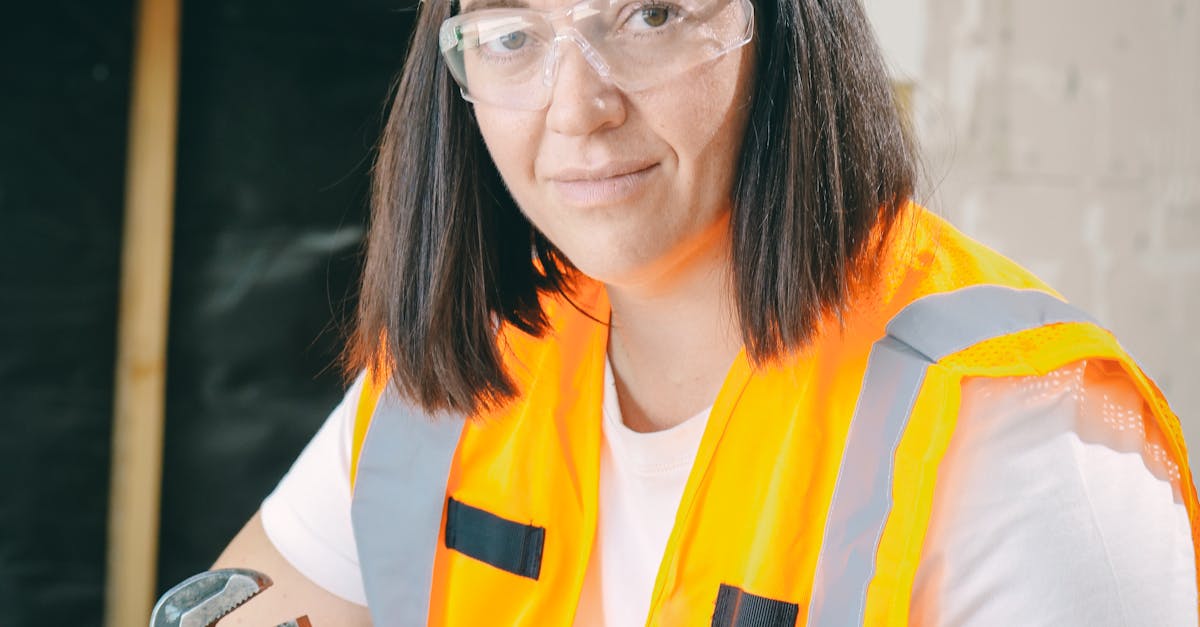
Table Of Contents
Pipe Laying Procedures
The process of laying pipes begins with careful planning and assessment of the site. This involves identifying the optimal route for the pipes, taking into account any existing underground utilities and topographical features. Before excavation, it is essential to verify the specifications of the pipes being used, ensuring they meet relevant standards for durability and performance. Adequate trench depth and width should be determined according to the pipe’s specifications and the local regulations to provide sufficient support and minimise the risk of future damage.
Once the trench is prepared, the pipes should be placed into the trench with precision, maintaining the proper alignment and slope to facilitate drainage and prevent build-up of pressure. During this phase, special care should be taken to avoid any mechanical damage to the pipes, as integrity is crucial for effective operation. Proper bedding material may be required to support the pipes while ensuring that any future pipe installation and repair efforts can be conducted seamlessly without compromising the surrounding soil structure.
StepbyStep Guide to Effective Installation
When undertaking pipe installation and repair in New South Wales, it is essential to begin with a thorough site assessment. Identify the location of existing utilities, terrain variations, and soil conditions. Proper planning ensures that the installation process is efficient and meets regulatory requirements. Mark the proposed trench path clearly to avoid any potential hazards. This stage is crucial in preventing unexpected disruptions during the installation.
Next, prepare the trench according to the specifications relevant to the type of pipe being laid. A trench should be excavated to provide adequate space for the pipes while ensuring that the pipe bedding is well-compacted. Depending on the pipe material, additional considerations such as joint assembly and alignment will be necessary. Ensure that all fittings and joints are secure before backfilling the trench to maintain the integrity of the installed pipes.
Backfilling and Compacting Soil
Backfilling is a crucial step following the installation of underground pipes. Proper techniques must be employed to ensure that soil is placed around the pipes in a way that maintains their integrity and provides adequate support. It is essential to use suitable materials for backfill, such as screened sand or gravel, which can prevent excessive pressure on the pipes. Layering the backfill material in small increments allows for even distribution of weight and facilitates effective compaction. This approach helps to minimise settling and reduces the risk of future pipe damage.
Compacting the backfill is equally important to ensure that the soil provides sufficient stability around the pipes. Various methods, including mechanical compactors or hand-operated tools, can achieve the desired density of the backfill. Additionally, monitoring the moisture content of the backfill material can enhance compaction efficiency. The goal is to create a consistent and resilient support system for the pipes, ultimately prolonging the lifespan of the installation. Adhering to proper backfilling and compacting procedures is vital in any pipe installation and repair project to prevent complications and ensure long-term performance.
Techniques for Proper Backfill and Soil Support
Proper backfilling techniques are crucial for ensuring the stability and longevity of underground pipes. It involves carefully selecting the backfill material to minimise settlement and provide adequate support. The backfill should be clean and free of organic material, rocks, or debris that could compromise the pipe's structure. Gradually layer the soil around the pipe, making sure to compact it adequately to eliminate voids. This prevents soil movement that could lead to pipe misalignment or damage over time.
Soil support is equally important to maintain the integrity of the installed pipes. As the backfill process progresses, operators should monitor for soil moisture levels, as overly wet or dry conditions can impact compaction efficacy. Conducting compaction tests at different stages of the backfilling process is essential to ensure proper density is achieved. This attention to detail not only enhances the performance of pipe installation and repair work but also contributes to the overall success of the plumbing or drainage system being installed.
Testing Installed Pipes for Integrity
Testing installed pipes for integrity is a critical step in ensuring their durability and functionality. Various methods can be employed to assess the condition of underground pipes, including hydrostatic testing, pneumatic testing, and visual inspection. Hydrostatic testing involves filling the pipe with water and pressurising it to check for leaks and weaknesses, while pneumatic testing uses air to achieve a similar assessment. These methods help identify issues before the area is backfilled, thereby preventing costly future repairs.
In addition to traditional testing methods, modern technology offers advanced solutions such as acoustic testing and pressure monitoring. Acoustic testing allows technicians to detect leaks by listening for sound waves generated by escaping fluids, which can be particularly useful in complex installations. Regular monitoring of pressure can also alert operators to potential problems early on, ensuring that pipe installation and repair processes are efficient and effective. Implementing these testing techniques contributes to the long-term reliability of the piping system.
Common Testing Methods and Standards
Common testing methods play a crucial role in ensuring the integrity of underground pipes. Techniques such as pressure testing, where the pipe is filled with water or air and pressurised to check for leaks, are widely utilised. Another method is the visual inspection, which helps to identify any obvious defects or damages on the pipe surface. Other advanced methods, like acoustic testing, detect leaks by measuring sound waves. These processes are essential to confirming that the installation meets regulatory standards.
Standards for testing installed pipes are established to guarantee that the systems function effectively over their intended lifespan. The Australian Standards provide guidelines on acceptable pressure levels, materials, and testing protocols. Compliance with these standards is vital for pipe installation and repair, as they ensure not only the safety of the infrastructure but also the overall performance. Additionally, documentation of testing results is important for maintaining records and demonstrating compliance during inspections.
FAQS
What are the key steps in the pipe laying procedures for underground installation in NSW?
The key steps include site preparation, trench excavation, pipe placement, connection of pipes, and ensuring proper alignment and gradient.
What techniques should be used for backfilling and compacting soil after pipe installation?
Techniques include using appropriate backfill material, layering and compacting the soil in increments, and ensuring that the backfill is properly graded to prevent settling.
How do I know if the installed pipes are structurally sound?
To check structural integrity, various testing methods such as hydrostatic testing, air testing, and visual inspections can be employed to ensure there are no leaks or weaknesses.
Are there specific standards for testing installed pipes in NSW?
Yes, installed pipes should conform to relevant Australian standards and guidelines, such as AS/NZS 3500 for plumbing and drainage, which outlines acceptable testing methods and procedures.
What should I consider when choosing materials for underground pipe installation?
Factors to consider include the type of fluid being transported, environmental conditions, soil characteristics, and compliance with local regulations and standards.
